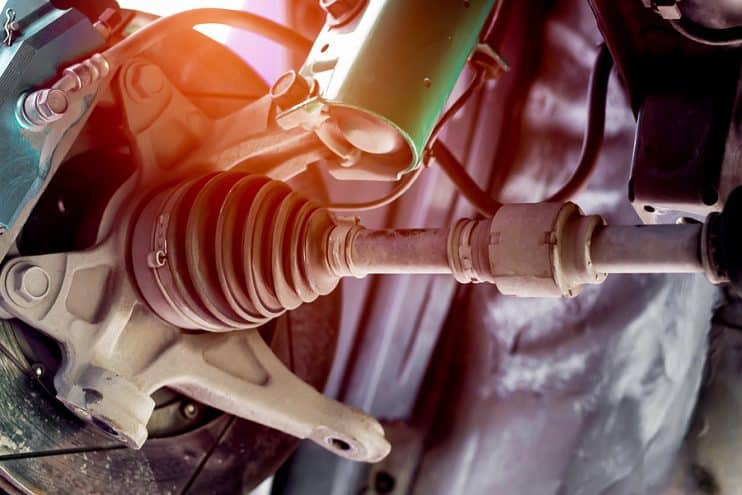
A driveshaft delivers the power, or torque, to the wheels of your vehicle. If you have a four-wheel drive, it also transmits power from the transmission to the rear axle. In fact, it’s one of the most important components that ensures your car moves. Unfortunately, if your driveshaft is failing or broken, it won’t be able to handle all that torque, which over time, can cause damage.
Table of contents:
- What are the signs of a faulty driveshaft?
- What happens if a driveshaft breaks during driving?
- How do you test a driveshaft?
- How much does it cost to fix a driveshaft?
What are the signs of a faulty driveshaft?
Knowing the symptoms and signs of a failing driveshaft is key to driving smoothly and safely. Your driveshaft is arguably one of the most critical components in your car. It can be dangerous if there are any problems with it or if it breaks suddenly while driving. It can even result in a total loss of control.
We’ve got some of the most common signs of a failing driveshaft, so you can take preventative action before it breaks while you’re out on the road and replace it with a new or used driveshaft. Common signs of a bad driveshaft include, but aren’t limited to:
- vibrations
- shuddering
- unusual noises
Take a look at each of the most common signs of a bad driveshaft below, so you’ll be better prepared if your driveshaft is failing. We’ve also got information on testing and inspecting a driveshaft and the likely costs of repairing or replacing one, depending on your motor.
Vibrations in the steering wheel
Most steering wheel vibrations are caused by a problem with the car’s wheels, but it can sometimes indicate a problem with the driveshaft.
If you can feel vibrations, even subtle ones, through your steering wheel or the footwell, your driveshaft may have a problem. As the driveshaft becomes more unstable, the vibrations will become more intense.
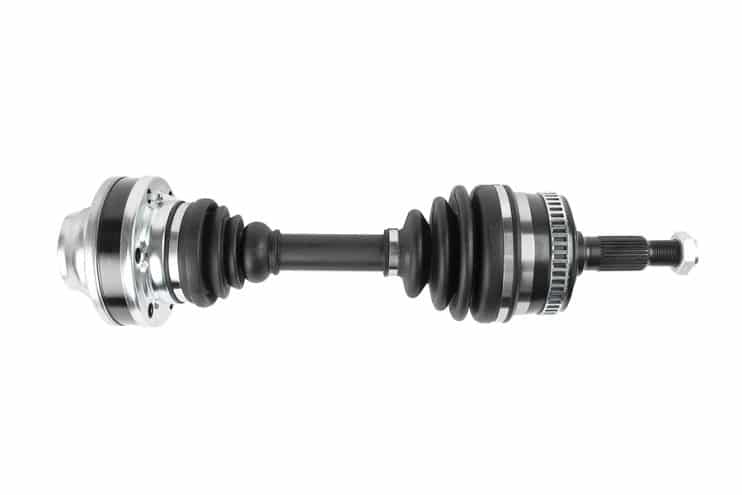
Clicking while turning
A failing driveshaft is often most noticeable when you’re turning or cornering sharply. You may notice a clicking sound, especially if you pick up speed while you turn.
Any clicking or knocking sounds should be looked at as soon as possible, either by a professional or a knowledgeable home mechanic. They could mean a faulty CV joint, which can make your vehicle pull to one side while you’re on the road.
Juddering during acceleration
When you pick up speed from a stopped position or simply when you accelerate while out on the road, you may notice a juddering from your vehicle, accompanied by any of the noises we’ve mentioned above.
While juddering can result from any number of faults, including imbalanced tires and worn-out spark plugs, it’s best to get it checked out.
Squeaking
The joints in your driveshaft are protected from friction with plenty of grease. If the gaiters that hold this grease become damaged, they can leak and allow a fap where grit and dirt from the road can enter. The moving parts within the driveshaft will experience more friction, which is bad news.
As a result, you may notice a squeaking sound from the dried-out gaitors. That’s the sound of metal on metal and is the precursor to grinding.
Clicking or grinding sounds
As well as clicking while turning or accelerating, you may notice the following noises:
- knocking
- grinding
- clunking
Worn-out driveshaft joints can cause all sorts of odd noises which can start suddenly. They’re a sign that your driveshaft isn’t rotating normally and that it’s time to inspect the driveshaft yourself or get to the nearest mechanic.
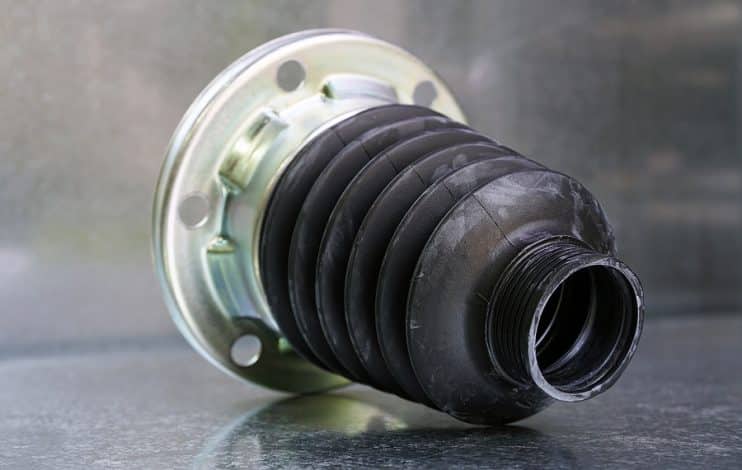
Spoiled or torn drive shaft cover
If your drive shaft cover is spoiled or torn, your driveshaft is vulnerable to contaminants and becoming dry as the lubricating grease leaks away.
Luckily, this problem is easy enough to identify and fix if you’re happy to climb under your car and have a look. Look for any cracks or holes and grease splashes around the car tires. You’ll need to replace the grease and fit a new driveshaft cover, provided your driveshaft is in good condition and hasn’t sustained any damage.
What happens if a driveshaft breaks during driving?
It’s unlikely that your driveshaft will suddenly break while you’re on the road – you’re more likely to notice symptoms that it’s failing well before this. However, if it does break suddenly, your car may simply stop driving, and you’ll have to leave it where it is or get it towed. That’s why it’s critical to have your driveshaft fixed or replaced as soon as there are any signs of a problem.
How do you test a driveshaft?
When driving, pay attention to any unusual noises, such as clicking, grinding or knocking, especially when you’re cornering. See if you can feel any vibrations in your steering wheel that feel stronger with speed.
If you’re inspecting your driveshaft yourself, check the following:
- check the driveshaft cover for any punctures or cracks
- makes sure the driveshaft is fitted tightly at each end
- ensure there’s no grease around the driveshaft
- look for any damaged or missing parts
- check your gaiters for signs of wear and tear is a good idea
How much does it cost to fix a driveshaft?
If you’re having your driveshaft repaired, the cost will depend on the parts needing to be replaced and the labour costs, but you can expect to pay around £200-£500.
If you’re having your driveshaft replaced, the costs can vary widely depending on your motor. Small car driveshafts cost around £250-£300, while larger or luxury car driveshafts can cost as much as £1,500-£2,000. It’s possible to replace your broken driveshaft if you have the information and the enthusiasm. It’s not too difficult a job and takes around an hour. If you’re in any way unsure, though, always get a professional to fit a driveshaft.

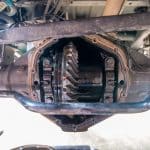
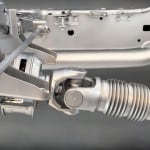
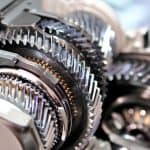
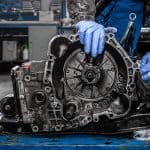
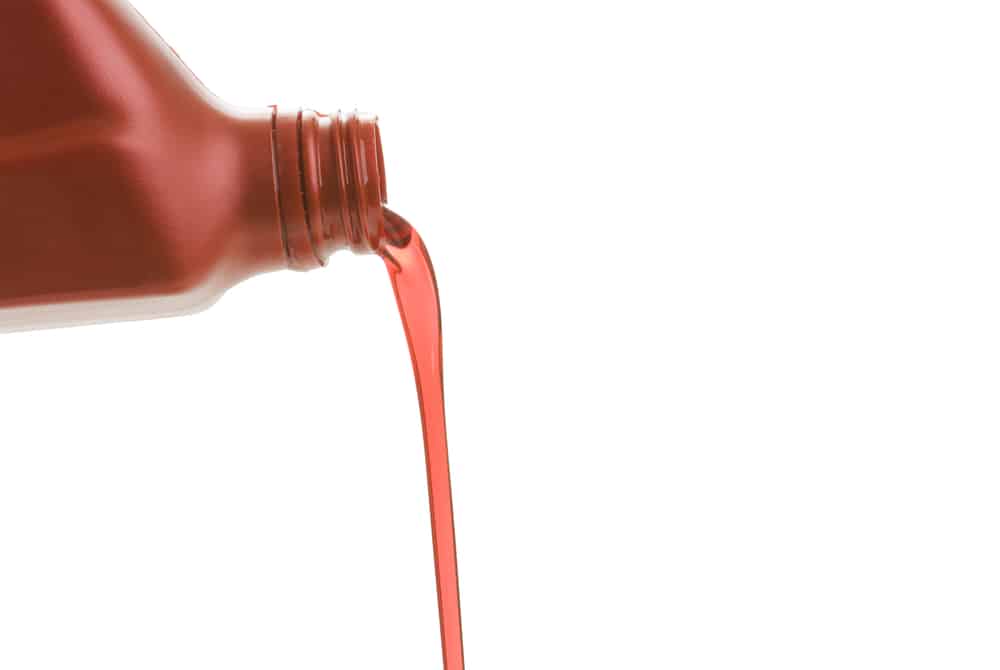

.png)